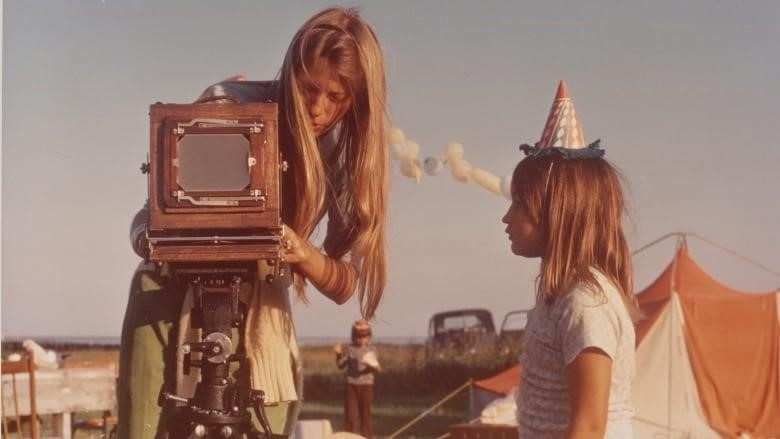
Melinda Blauvelt spent her summers in the Acadian Peninsula with the people of Brantville
This is the story of a young American photographer who spent a summer in a small fishing village and ended up taking pictures of a New Brunswick that was about to change. She found the photos 50 years after she had lost them.
In 1972, Melinda Blauvelt had just finished her first year of getting a master’s degree in photography at Yale University. Walker Evans, her teacher and a well-known photographer known for his black-and-white photos taken during the Great Depression, had a big impact on her.
She ended up in Brantville, which is between Neguac and what is now the municipality of Tracadie on the Acadian Peninsula in northeast N.B. She was looking for a small town where she could pursue her passion and improve her skills.
She found the village through the Quebec-Labrador Mission Foundation, which was looking for students to organize and run day camps for kids in coastal villages in Canada.
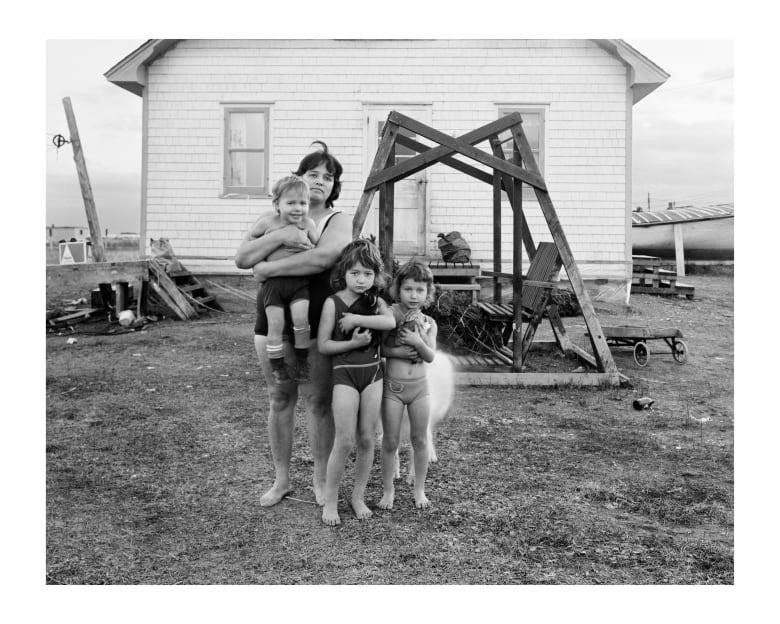
Blauvelt, who was in her early 20s at the time, said she jumped at the chance. She and a few other people were put up with a host family.
Ulysse and Jeannette Thibodeau and their children, who were her host family, became like family to her, and they have kept in touch over the years.
“When we went to the house for the first time, our first impression of our family was how friendly and warm they were,” said Blauvelt, adding that they were also a little nervous. Blauvelt and the other volunteers didn’t know much French, and neither did the Thibodeaus.
“The first morning, Jeannette woke us up by putting a big tub full of lobsters on the end of my bed. For breakfast that morning, we each had two lobsters. Then, right before we left to run the day camp, they gave us all fried egg sandwiches for lunch, just like she did every day.”
WATCH | An exhibition shows how beautiful life in the Acadian Peninsula can be:
Blauvelt said that she got to take pictures when she wasn’t helping run the day camps or going to a family event with the Thibodeaus. Her camera was often set up by the house, which was next to a big field.
She used a 4 x 5 view camera with a heavy metal tripod and a wooden box on top.
“You’ve seen old photos where the photographer puts a dark cloth over the lens. I had a black velvet cloth that went over my head.”
She said that using the view camera is a slow, careful process that requires the subject’s help because they have to be willing to be there and be patient, sometimes standing still for minutes at a time.
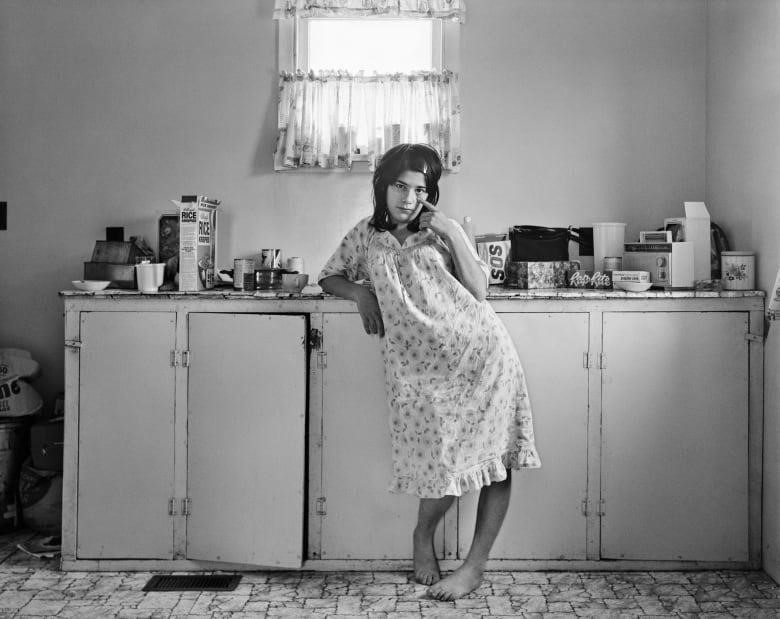
“As a photographer, it’s hard to put into words what you’re really looking for because you don’t always know,” Blauvelt said.
“I was looking for or trying to guess when there might be a look or a gesture that would show tension or a special relationship, and I hoped I would be able to show that. The people, both adults and children, are so kind and friendly.”
During that summer, Blauvelt took a lot of photos. She also went back more than once, like when she graduated from Yale in 1974.
Then, as her life and career went on, she forgot about the photos. It wasn’t until the pandemic hit that she started looking through her old photos.
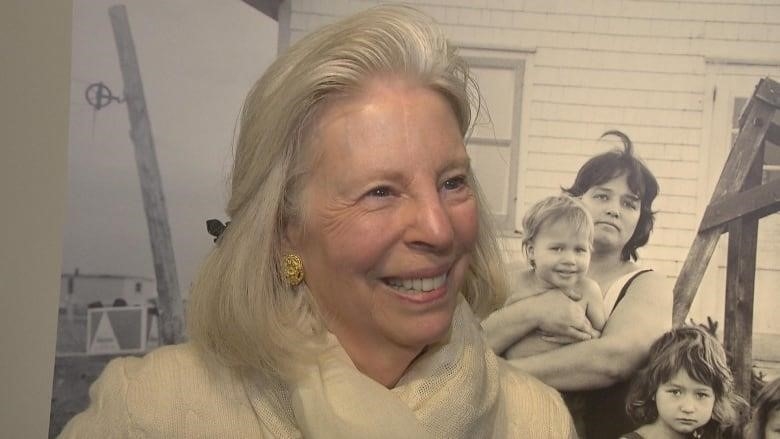
She said, “I got out my Brantville work, which I’ve always liked a lot.”
“Then I started looking through my negatives and printing some that I had never seen before. I got really excited about working on that project. During the pandemic, when I didn’t see anyone for so long, it was a way for me to feel connected, so it was important on many levels.”
John Leroux, the manager of collections and exhibitions at the Beaverbrook Art Gallery, says that was when Blauvelt, who lives in Rhode Island, decided to reach out to see if there was interest in an exhibit.
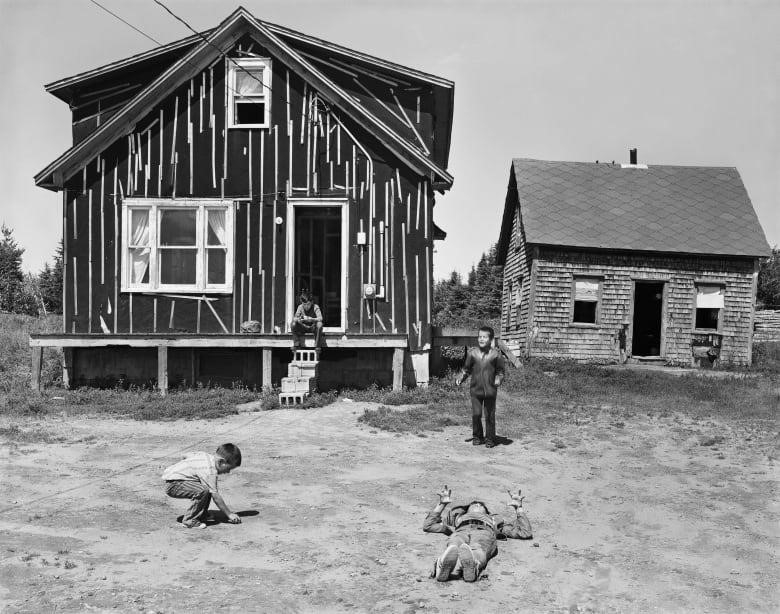
Leroux said that these pictures were taken at a time when things were changing for poorer communities in rural New Brunswick. The equal opportunity program, which was started by former premier Louis J. Robichaud in the late 1960s, was helping these communities.
“When I talked to Melinda, it was less about putting them in the context of poor people,” said Leroux. “But it was more about how people in a strong, close-knit community felt and how much love and support they felt for each other.”
Leroux said that Brantville looks very different now, but he was struck by how the photos show clear signs of the time while also looking almost timeless.
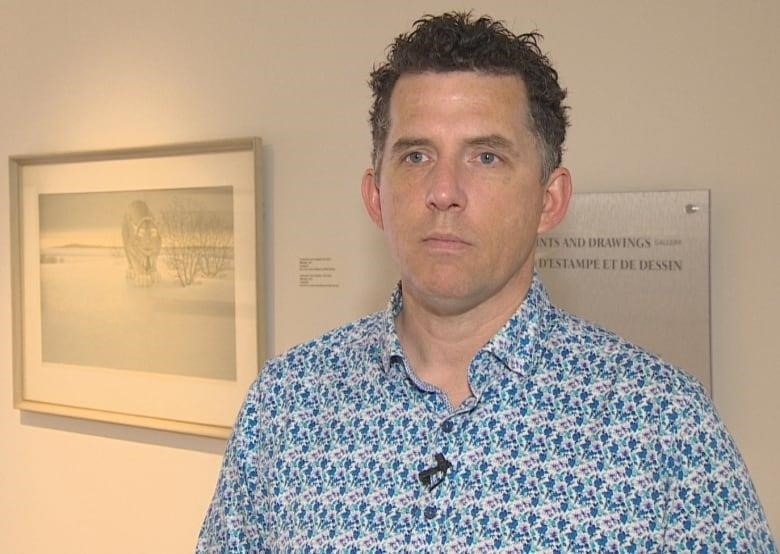
“That was fifty years ago,” he said. “Some of these feel like they could be played right now, and they also have a classic feel to them. It’s that strange tension between pictures that feel both close and far away.”
Blauvelt said that she wanted to do the show in part to give Jeannette Thibodeau a late birthday present for her 80th birthday. And what did she do?
“She couldn’t have been happier.”
Melinda Blauvelt: You can see Brantville at the Beaverbrook Art Gallery in Fredericton until May 28.
